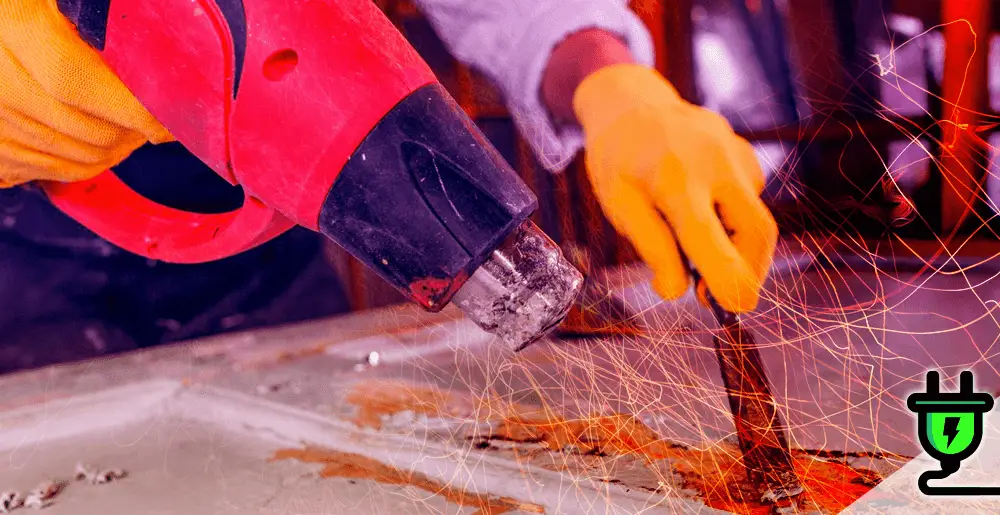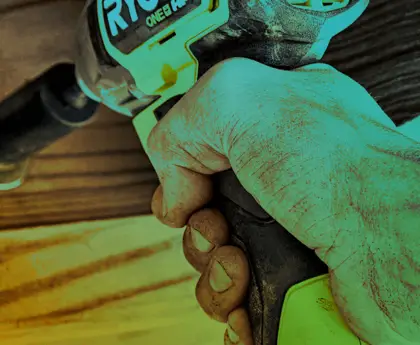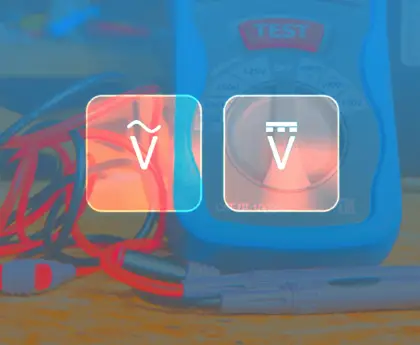Ever wonder just how hot does a heat gun get? These incredibly versatile tools can reach astonishing temperatures capable of melting plastics and burning fabrics. So, what temperatures can these tools actually reach?
A heat gun emits hot air, with temperatures typically between 100°C to 550°C (212°F to 1022°F). Some industrial models can exceed 760°C (1400°F). Basic heat guns are used for tasks like stripping paint, while professional ones tackle industrial tasks and can reach higher temperatures.
Our article delves into the intriguing world of heat guns and their temperature capabilities. Let’s turn up the heat and explore this sizzling topic together!
Temperature Capability of Heat Guns
Heat guns have a range of temperatures, with minimum and maximum settings, and some models even offer adjustable temperature control. Fact is, how hot does a heat gun get really depends on if it’s a DIY unit or an industrial model.
Minimum temperature
The minimum temperature of a heat gun can vary depending on the model and brand. Typically, heat guns have a minimum temperature of around 100 degrees Fahrenheit (38 degrees Celsius).
However, it’s important to note that some heat guns may have even lower minimum temperatures. The ability to control and adjust the temperature is a feature that many heat guns offer, allowing users to set it according to their specific needs for different projects.
So, whether you need a low temperature for delicate tasks or higher temperatures for more intense applications, there’s likely a heat gun available that will meet your requirements.
Maximum temperature
Heat guns can reach temperatures as high as 1,100 degrees Fahrenheit (593 degrees Celsius), although some models can get even hotter. This maximum temperature allows heat guns to tackle a wide range of projects.
Whether you need to shrink-wrap plastic, strip paint, or soften adhesives, the high temperatures produced by a heat gun make it possible. It’s important to note that not all heat guns have the same maximum temperature capabilities – it may vary depending on the model and brand.
So, always check the specifications before using a heat gun for your project to ensure you’re working within its temperature limits.
Adjustable temperature
Many heat guns offer adjustable temperature settings, allowing users to control the heat output based on their specific needs. This feature is particularly useful when working on different projects that require varying levels of heat.
By adjusting the temperature, you can ensure that you are using the right amount of heat for your task, which is important for achieving the desired results without damaging your materials.
Whether you need a lower temperature for delicate tasks or a higher temperature for tougher jobs, being able to adjust the temperature gives you greater flexibility and control over your work.
Typical Heat Gun Uses
Heat guns have a variety of typical uses. They are commonly used for tasks like paint stripping, thawing frozen pipes, and loosening adhesive or glue. Heat guns can also be utilized in crafts and DIY projects to mold plastic, shrink wrap, or melt wax.
Additionally, they are handy for removing decals or stickers from surfaces and bending PVC pipes. The adjustable temperature feature allows users to tailor the heat gun’s output to suit different materials and projects.
Whether you’re a homeowner or a professional, heat guns are versatile tools that can assist with many heating needs.
Safety Considerations
Proper safety precautions are essential when using a heat gun, including wearing personal protective equipment (PPE) and being aware of potential hazards. Read on to learn more about how to use a heat gun safely.
Importance of proper safety precautions
It is extremely important to take proper safety precautions when using a heat gun. This will help prevent accidents and injuries. Make sure to wear personal protective equipment, such as gloves and eye protection, to shield yourself from the hot air stream.
Keep flammable materials away from the heat gun and always use it in a well-ventilated area to avoid the build-up of harmful fumes. Remember that the heating element can become red-hot during use, so never touch it until it has cooled down completely.
By taking these safety measures, you can ensure a safe and successful heat gun project without any mishaps or harm.
Personal protective equipment (PPE)
When using a heat gun, it is important to wear the proper personal protective equipment (PPE) to ensure your safety. This includes things like heat-resistant gloves, safety glasses or goggles, and a face mask.
The high temperatures produced by a heat gun can cause burns and eye injuries if not properly protected. Wearing PPE helps to minimize these risks and keep you safe while working with the hot air stream.
Remember to always prioritize your safety when using a heat gun by wearing the appropriate protective gear.
Potential hazards
Using a heat gun can be dangerous if proper safety measures are not followed. The high temperatures produced by the heat gun can cause burns and fires if mishandled. It is important to wear protective equipment such as gloves and goggles to prevent injuries.
Also, avoid pointing the hot air stream at flammable materials or electrical outlets to reduce the risk of fire. Always be cautious when using a heat gun and follow the manufacturer’s instructions for safe operation.
Factors Affecting Heat Gun Temperature
Wattage and power output, airflow control, and heating element quality are all factors that can affect the temperature of a heat gun.
Wattage and power output
Heat guns vary in terms of wattage and power output. The power output of a heat gun is determined by its wattage rating, with higher wattage models generally producing more heat. Most heat guns have a wattage range between 1,000 to 2,500 watts.
A higher wattage means the heat gun can generate hotter temperatures and provide greater thermal output. However, it’s important to note that higher wattages also consume more energy and may require additional safety precautions to avoid overheating or causing damage to the material being heated.
So when using a heat gun, it’s essential to match the wattage and power output with your specific project requirements for optimal results and safety.
Airflow control
You can adjust the airflow on some heat guns. By increasing or decreasing the airflow, you can control how hot the air gets. This is important because different projects may require different temperatures.
Having airflow control gives you more flexibility in using your heat gun for various tasks.
Heating element quality
The heating element in a heat gun is an important factor in determining its temperature capability. A high-quality heating element can reach and maintain the desired temperature more effectively and evenly.
This ensures consistent heat output, which is crucial for achieving successful results in various projects. A good heating element also helps prolong the lifespan of the heat gun, as it can withstand prolonged use at high temperatures without deteriorating quickly.
Therefore, it’s essential to choose a heat gun with a reliable and durable heating element to ensure optimal performance and safety.
Conclusion: How Hot Does A Heat Gun Get
Heat guns can easily reach temperatures as high as 760°C (1400°F), making them extremely hot tools. However, most projects can be completed using a temperature of around 750 degrees Fahrenheit (399 degrees Celsius).
With adjustable temperature settings and safety precautions in place, heat guns offer versatility and functionality for various applications. So, whether you’re working on crafts or industrial projects, understanding the temperature capabilities of a heat gun is key to achieving successful results.
Stay safe and enjoy your heat gun projects!






